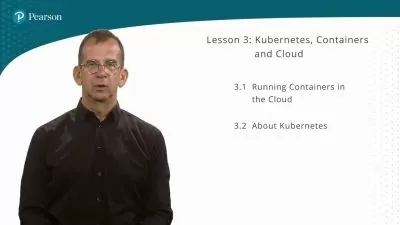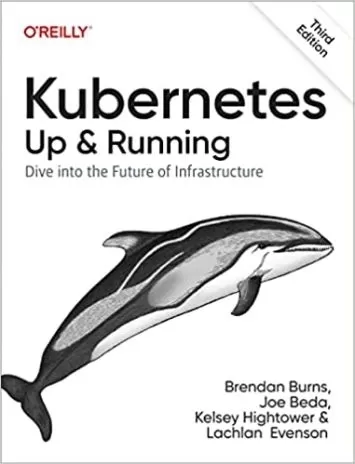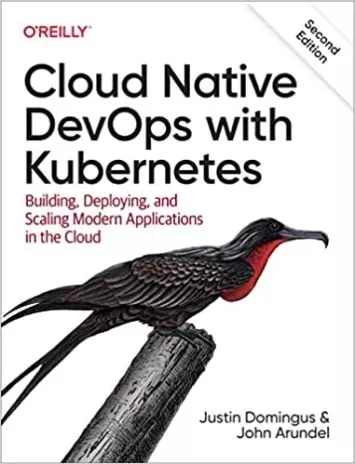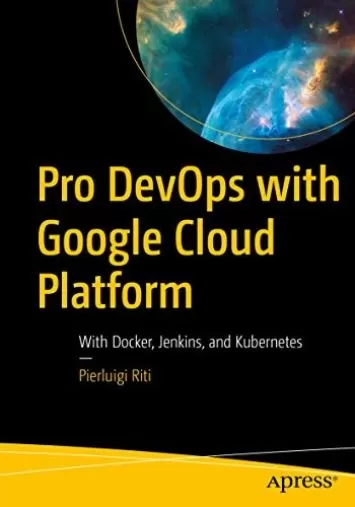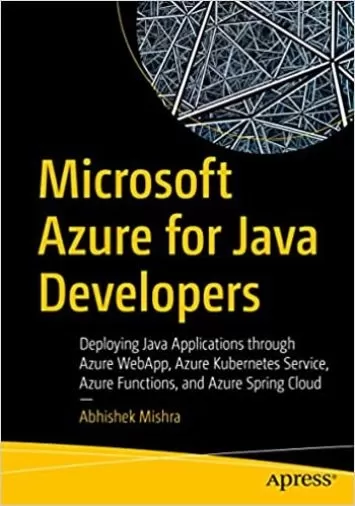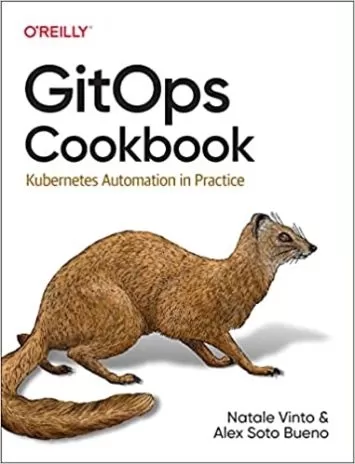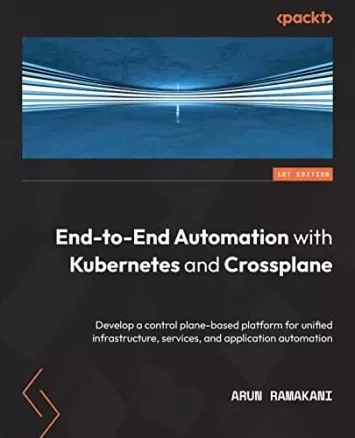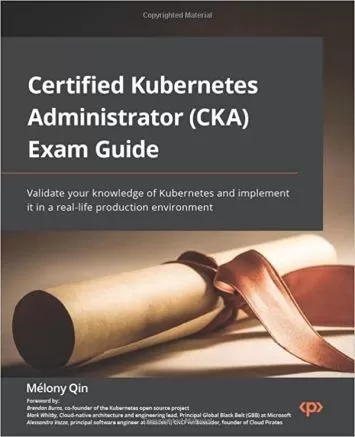About KubernetesLearn More
Kubernetes is a widely popular system from Google used in deploying, managing, and scaling Docker applications. A Docker system allows you to package and move whole applications to isolated cloud environments without any dependency requirements. Kubernetes allows you to manage and modify the environment to scale according to necessary resources without impacting other applications in the same physical, but not virtual, space.
Sort by:
Sorting
The newest
Most visited
Course time
Subtitle
Filtering
Courses
Subtitle
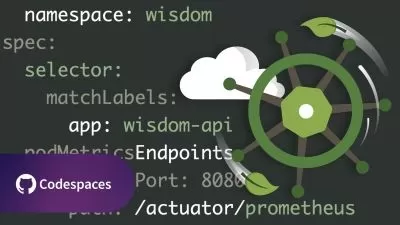
Linkedin Learning


Frank P Moley III
Spring on Kubernetes: Deploying and Managing Cloud-Native Applications 1:58:14
English subtitles
01/13/2025
Subtitle

Pluralsight


Google Cloud
Architecting with Google Kubernetes Engine: Workloads 1:30:00
English subtitles
11/10/2024
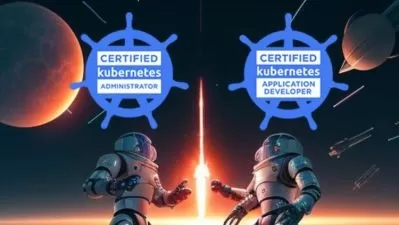
Udemy


Sivas Instruction
40 Real CKA Practical Test + Hands-On Explanation - June 24 4:07:15
07/27/2024
Subtitle

Acloud Guru


Chris Behrens
Red Hat Certified Specialist in Containers and Kubernetes Exam (EX180) 4:17:39
English subtitles
06/19/2024
Subtitle
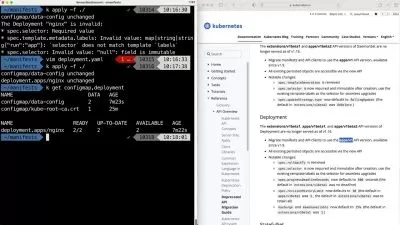
UdemyCertified Kubernetes Application Deeloper (CKAD) Prep Course
8:09:44
English subtitles
06/11/2024
Books
Frequently asked questions about Kubernetes
Kubernetes, also called k8s, is an open-source container orchestrator, meaning that it automates container operation. The Kubernetes platform provides an API that allows you to control when, how, and where your Docker containers will run. Kubernetes' initial purpose was to replace many of the repetitive manual processes required to deploy and scale containerized applications. Originally developed at Google, the platform later became open-source, giving the public access to help contribute to the software. Docker is a containerization platform. Kubernetes is an orchestration software platform, which works with Docker containers. Docker produces its own orchestration platform, called Docker Swarm, which competes with Kubernetes and uses the Docker API. Docker Swarm runs on a single node, while Kubernetes can run across a cluster of nodes. This makes Kubernetes generally a better fit for massive projects that need to coordinate clusters of nodes efficiently at scale.
Amazon Web Services (AWS) offers Amazon Elastic Kubernetes Services (EKS), which is a certified Kubernetes service that allows users to run Kubernetes in the cloud. EKS is an automatically provisioned Kubernetes control plane, so it can automate tasks like patching and node provisioning. While EKS gives developers slightly less control than running Kubernetes on their own, it offers a lot of flexibility for running Kubernetes applications in the AWS cloud and scaling those applications. As a Kubernetes alternative, AWS offers Amazon Elastic Container Service (ECS), also called Amazon Elastic Compute Cloud (EC2). EC2 enables users to manage Kubernetes infrastructure on their own, with secure, resizable compute capacity in the cloud. EC2 offers developers the highest level of control, allowing developers to choose their processor, storage, networking, operating system, and purchase model.
Kubernetes was developed first at Google, and Google has been using Kubernetes for over a decade to run the company’s systems. Now that Google has made Kubernetes open-source, it is available to the public for anyone to use. Kubernetes is a popular choice for developers and organizations that use Docker to containerize their applications. Organizations often elect to use Kubernetes to support applications that use microservice architecture. This helps make development timelines more efficient and reduces infrastructure costs. Kubernetes allows teams to effectively manage and run Docker containers to free up a developer's time so they can work on more meaningful aspects of an application project. Because Kubernetes is highly efficient with resource usage — ensuring clusters of containers always have resources available to run applications — it often allows companies to reduce their cloud infrastructure costs.
Kubernetes uses a client-server architecture, meaning a single server acts as the “master server,” also called the controlling node or control plane. The master (controlling) node communicates to the compute nodes (also called compute machines, or worker nodes). Each node may be a physical machine or virtual machine, with its own Linux environment. The master node has components such as a kube-apiserver, a kube-controller-manager, and a kube-scheduler. The Kubernetes API handles internal and external requests, assessing and processing each request that comes through the control plane. The master node also contains an etcd, which is a distributed storage system that keeps the cluster state consistent. The worker nodes contain cluster nodes called Kubelets and kube-proxy.





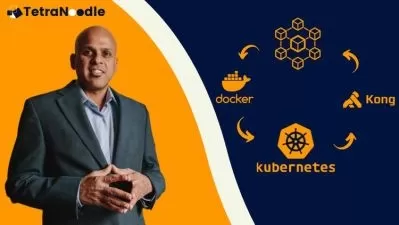

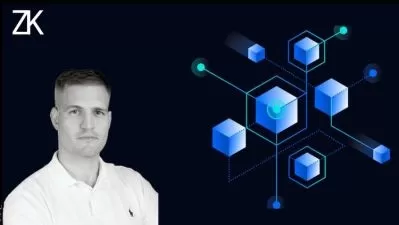
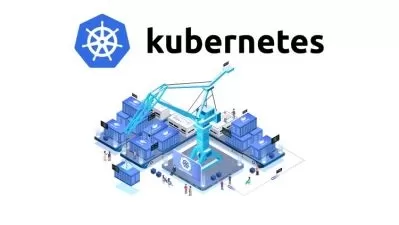









![[NEW] KCNA Kubernetes and Cloud Native Associate - Hands On!](https://traininghub.ir/image/course_pic/38942-x225.webp)




